Hyperloop Explained
A new transportation technology could zip you from Toronto to Montreal in 45 minutes. We took a peek under the hood
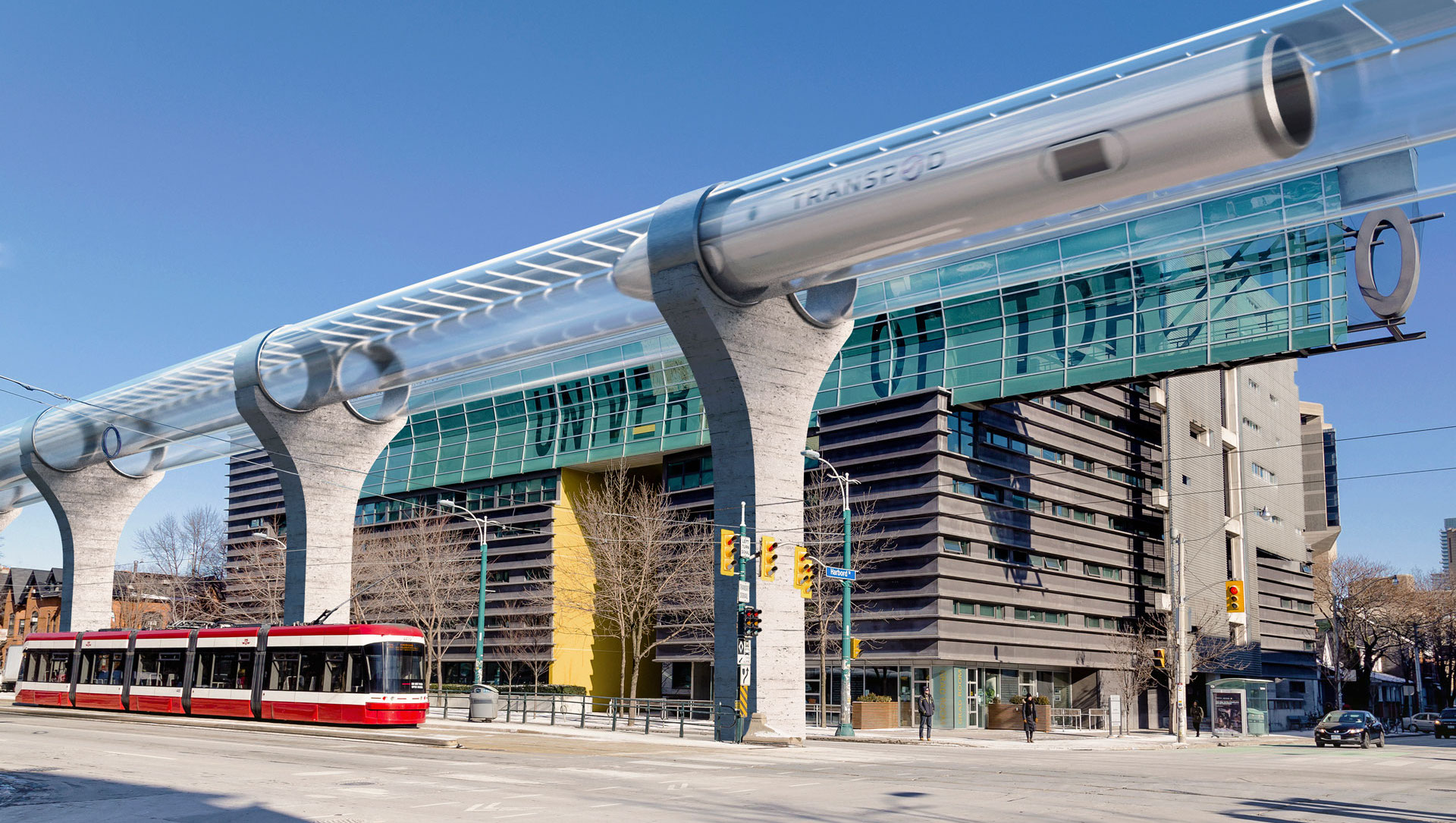
Tube transportation (also known as hyperloop) is an emerging technology that advocates say by 2030 will whisk streetcar-sized pods filled with cargo or people down metal tubes at almost the speed of sound. To make this happen, engineers had to figure out how to dramatically reduce two things inside the tube: friction and air resistance. Instead of rolling along a track, as a typical train does, TransPod, a Canadian company developing the technology, will use moving magnetic fields to levitate the vehicles. Ryan Janzen, a co-founder of TransPod, says magnetic engines at the bottom of each vehicle will interact with the tube guideway. The engines create moving magnetic fields to levitate the vehicle and push it forward, accelerating it to more than 1,000 km/h. This ability to levitate will maintain a smooth ride for passengers, and reduce wear on the tube and vehicles. To keep resistance to a minimum, the TransPod system will use vacuum pumps to remove most of the air from the tube.
The result is vehicles that can maintain a very high speed while using no fossil fuels.
A closer look

Each of the numbers in the illustration above match the cutaways below. Illustrations by Chris Philpot.
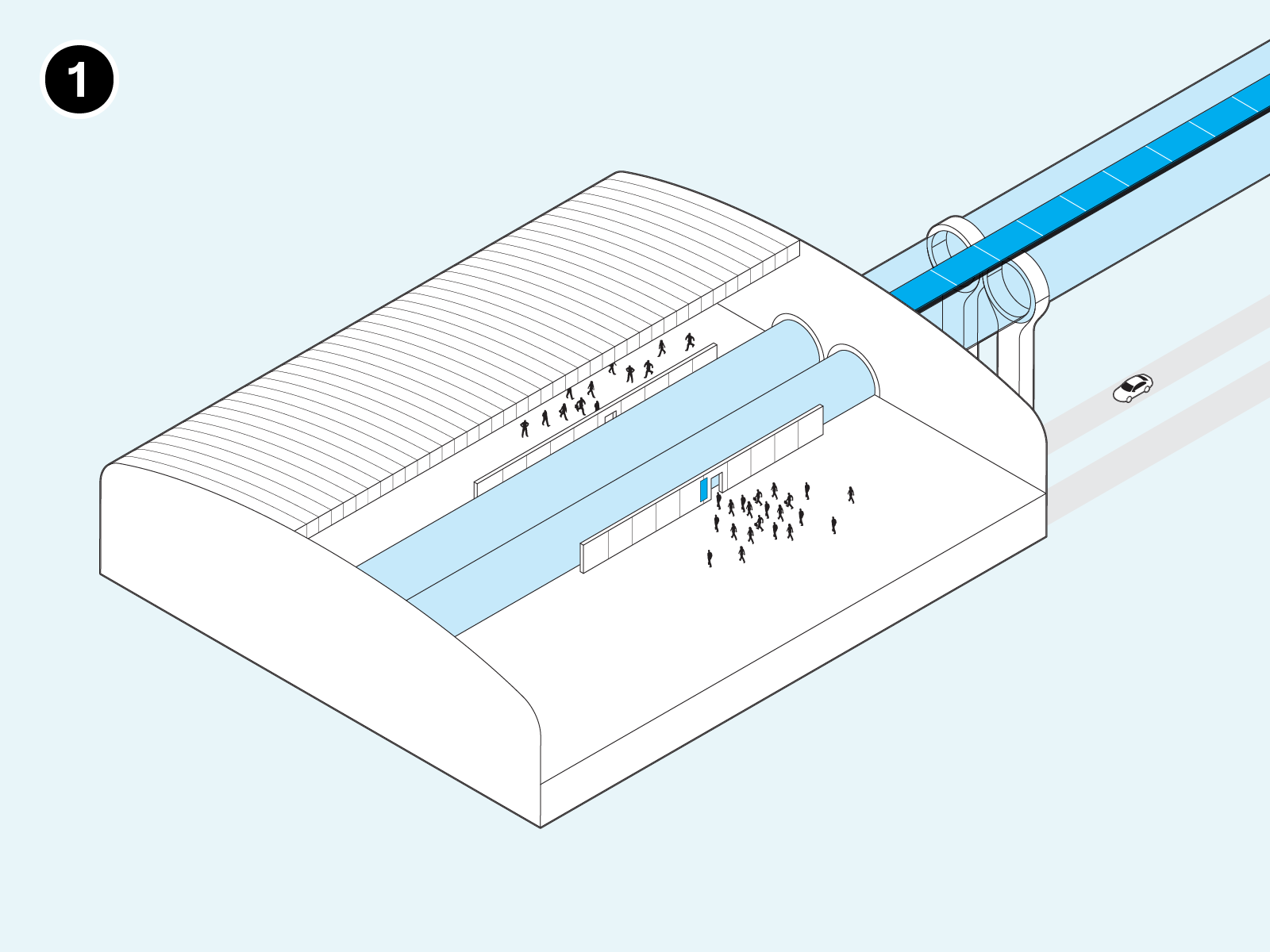
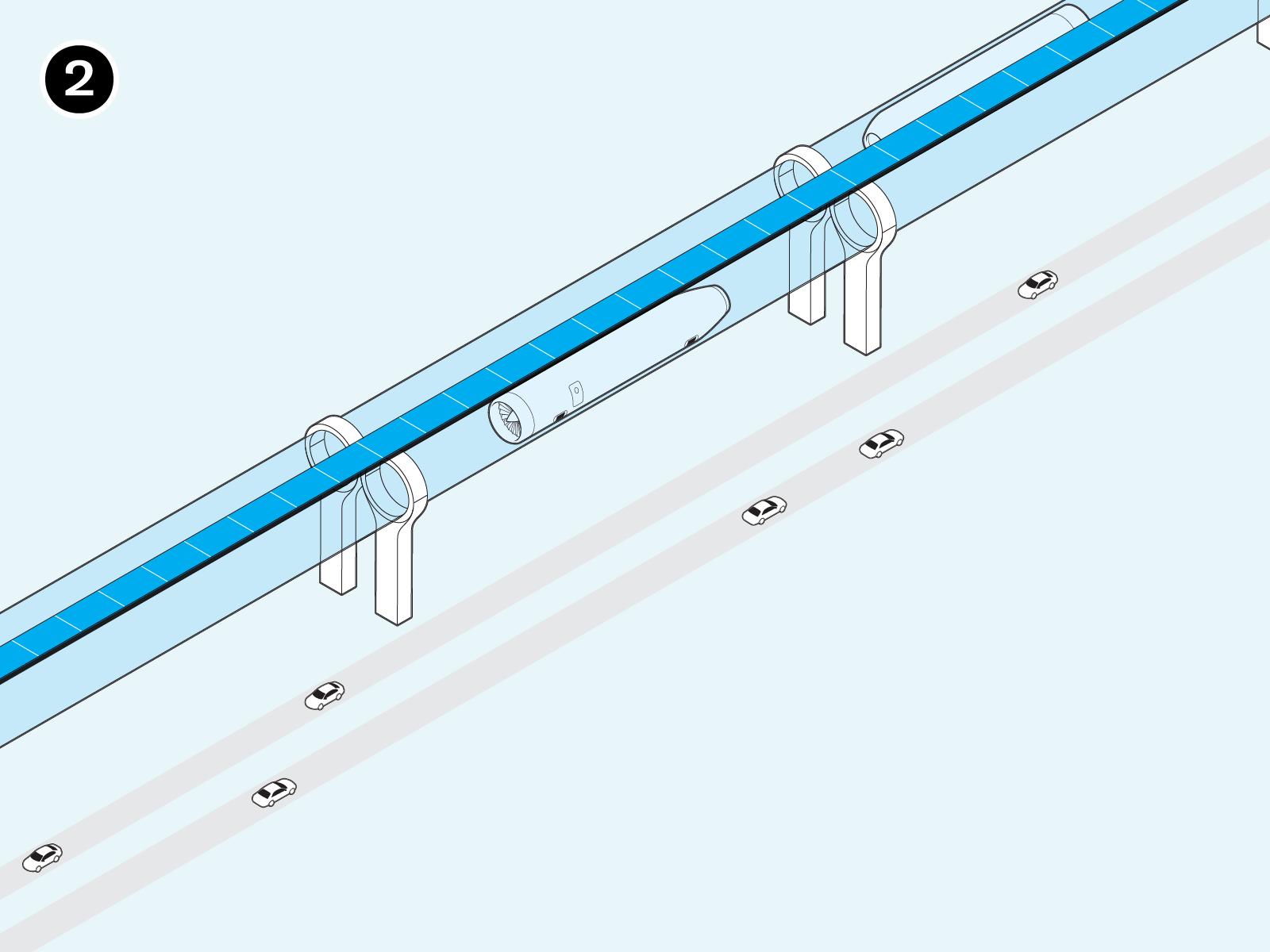

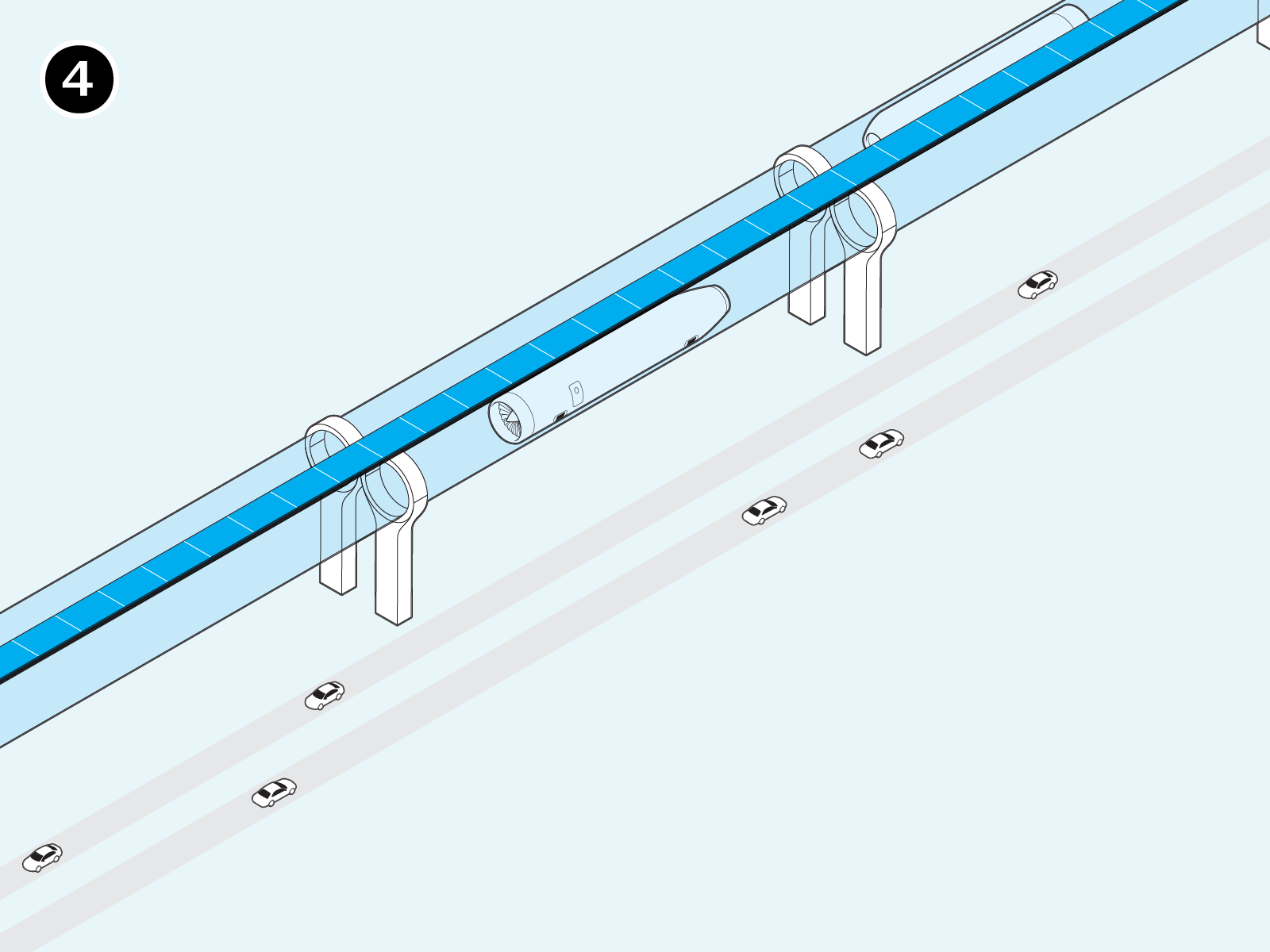








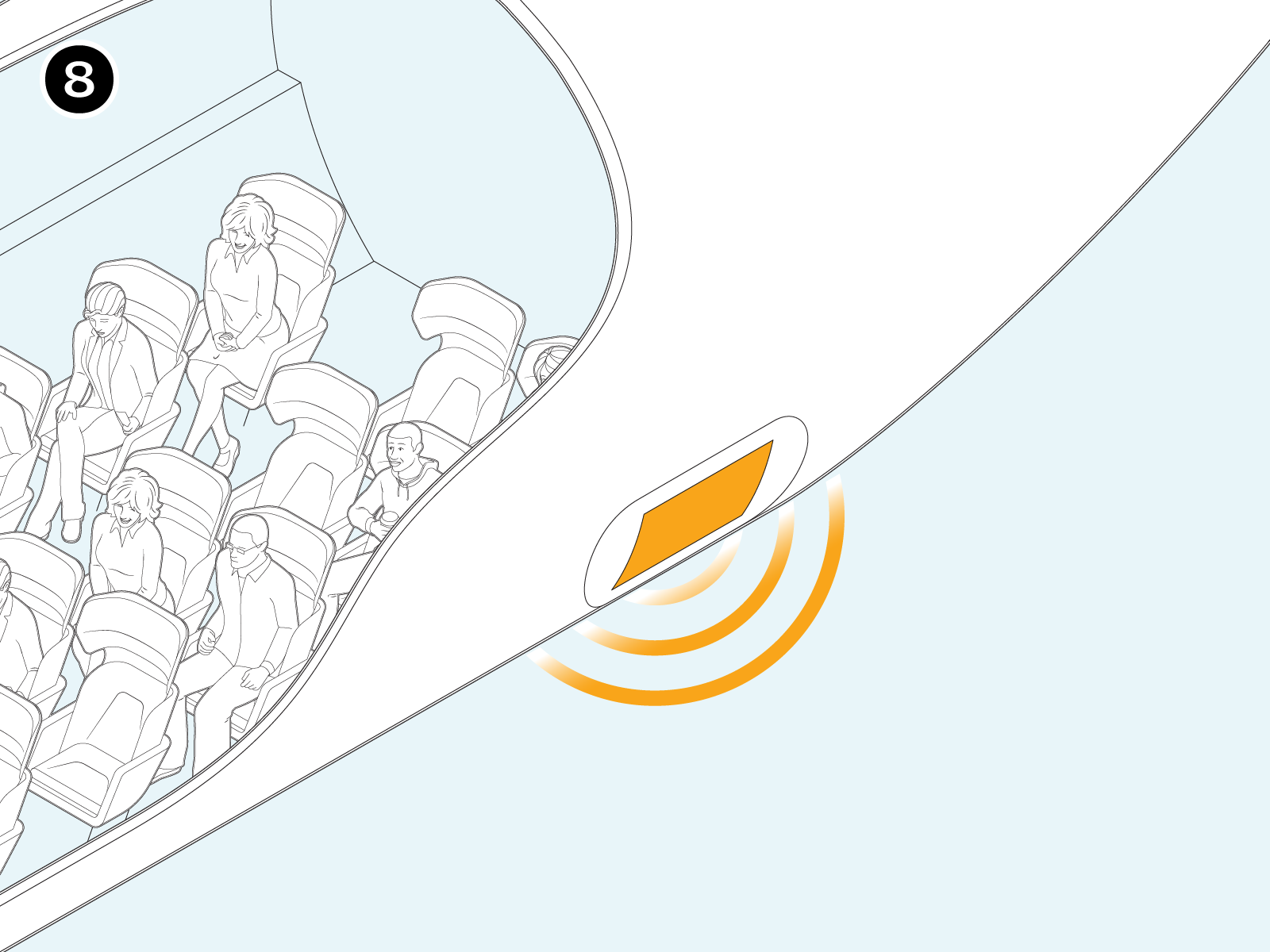

No Responses to “ Hyperloop Explained ”
Amazing technology!
We don't need hyperloops. We need lithium-ion battery trains travelling between Toronto and Oshawa, Hamilton, Kitchener-Waterloo, Barrie, Markham. They are quieter and can run later at night. They can charge at night. They can be sized for distance travelled. But most importantly we can use all the existing tracks, saving us billions and speeding up the switch by years. They'll also take thousands of cars off the roads, saving additional billions.